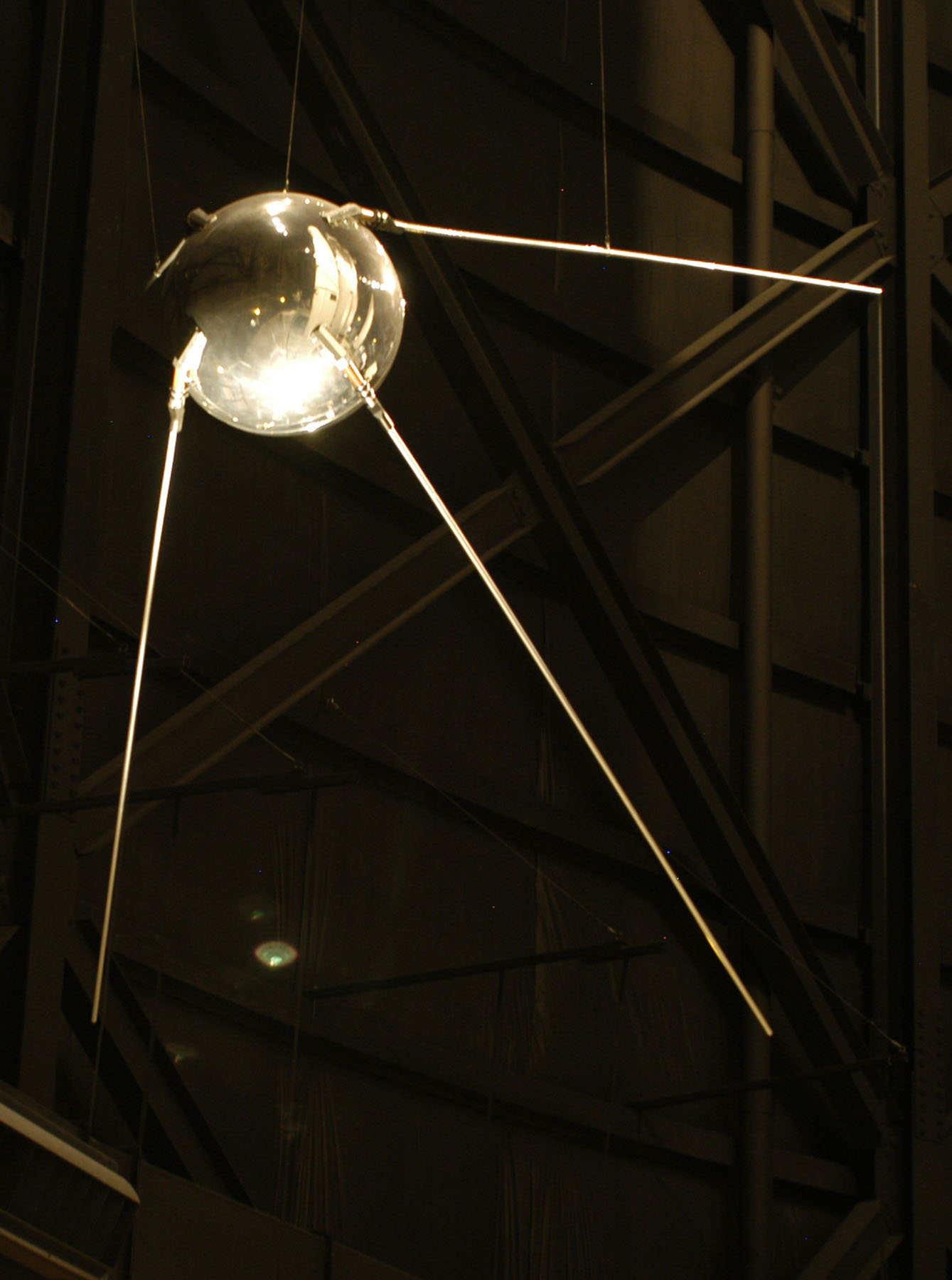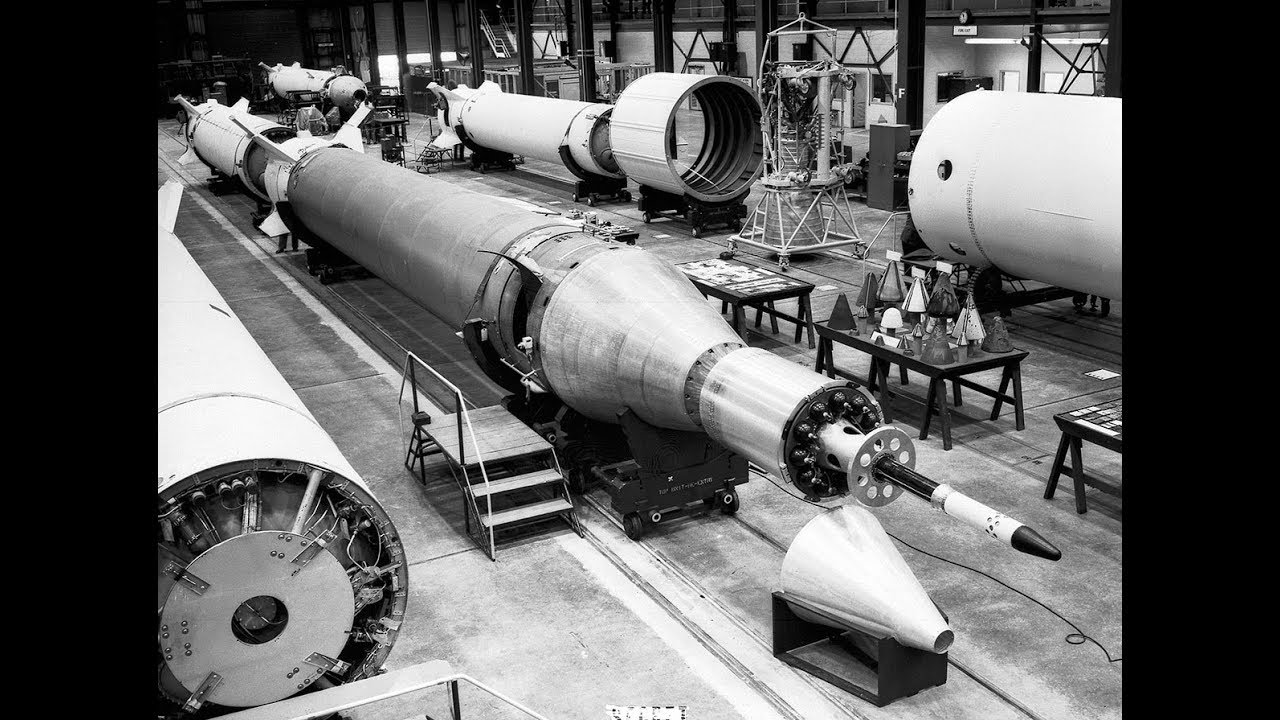The First Satellites
At the beginning of the space race, both the U.S. and the U.S.S.R. were trying to gain military and general superiority over each other. The U.S started experimenting with space and the military advancements that it could lead to. The Soviet Union was nervous about the U.S. having astronomical superiority over the soviets. Then, the Soviet Union had the first victory in The Space Race and marked the start of this decade-long competition.
Memo From C.D. Jackson to Dwight D. Eisenhower Regarding the Soviet Launch of Sputnik
Jackson, C. D. "Memo from C.D. Jackson Regarding Soviet Satellite, October 8, 1957." C.D. Jackson Papers, Box 69, Log-1957 (4); NAID #12086487], www.eisenhowerlibrary.gov/sites/default/files/research/online-documents/sputnik/10-8-57-memo.pdf
On January 31, 1958, only about 4 months after the U.S.S.R., the U.S launched its first satellite, the Explorer. The Explorer is fairly similar in specifications to Sputnik but also had its unique features.
Sputnik Beeping Sound
Sputnik Beep.
https://soundcloud.com/nasa/sputnik-beep
Commons.wikimedia.org, commons.wikimedia.org/wiki/File:Sputnik_1.jpg

A Model of the Soviet Satellite, Sputnik 1
This is clearly shown in “The Race to the Moon” Timeline by Andrew Matthews; it states, “On October 4, 1957, Sputnik, the first artificial satellite, was launched by the Soviet Union. It successfully orbits Earth.”. Sputnik was a beach ball-sized satellite that weighed roughly 184 lb., that had a small amount of radio equipment inside." The U.S.S.R. might have had the first victory, but the U.S. was not very far behind.

The Explorer 1 Satellite
NASA. The Explorer 1 Being Constructed. NASA, i.ytimg.com/vi/Y2-xZ-1HE-Q/maxresdefault.jpg.
In the article “The Race to Space: Effects on American Communication Culture” by Meghan Garity, it gives a lot of examples of this, “Like Sputnik, the satellite carried radio transmitters to send data recorded from space to Earth, though they died after only a few weeks.” and, “Aside from radio signals, the U.S. also experimented with sending images via satellites. In August 1959, the Explorer VI was launched and was equipped with television like a camera.”
As you can see from both of these examples, the U.S. was not very far behind the U.S.S.R., and experimented a bit more. In all, both the U.S.A. and the Soviet Union were neck and neck at this point, and they are both making huge technological advancements.